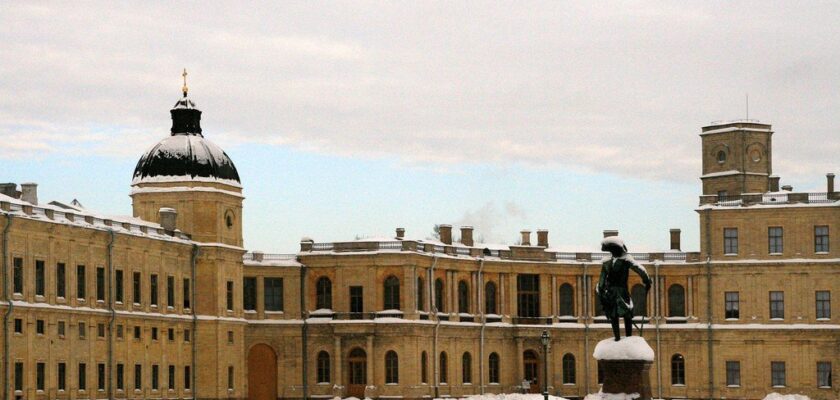Great Gatchina Palace
The Grand Gatchina Palace is the former residence of Russian emperors 45 kilometers from St. Petersburg, built in the style of a European hunting castle, which is atypical for Russian architecture. Because of these features, the Grand Gatchina Palace stands out among other palace complexes surrounding the Northern Capital.
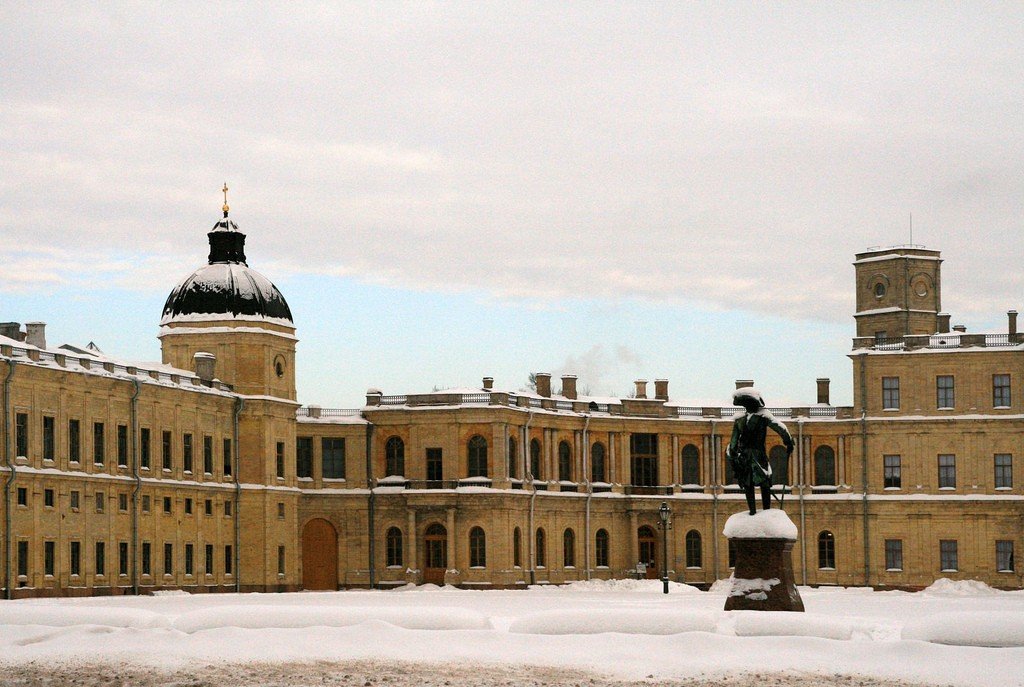
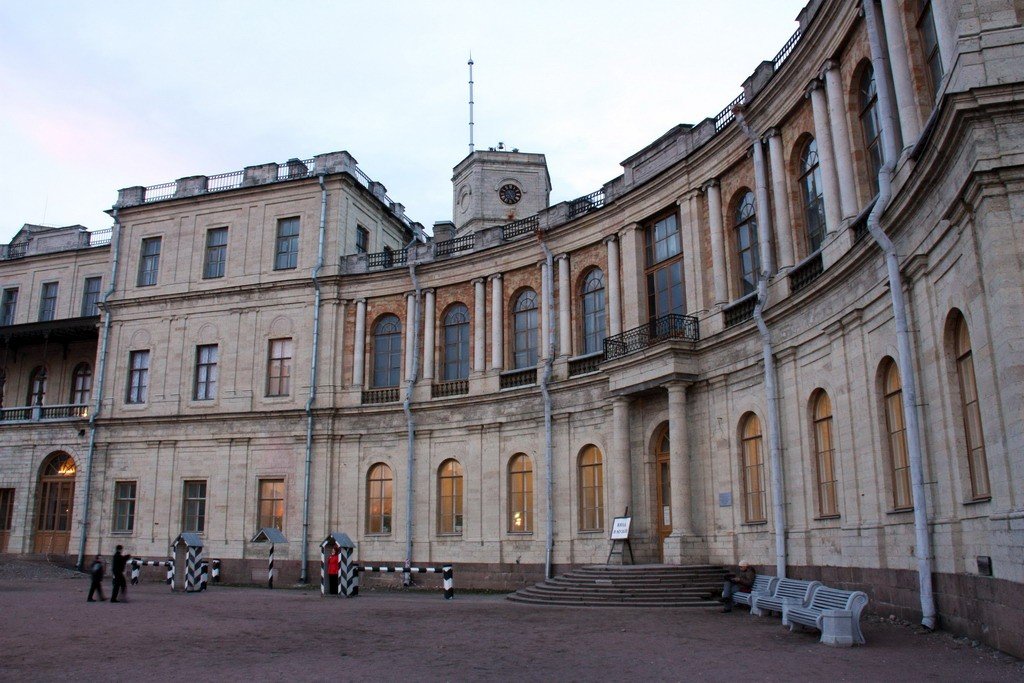
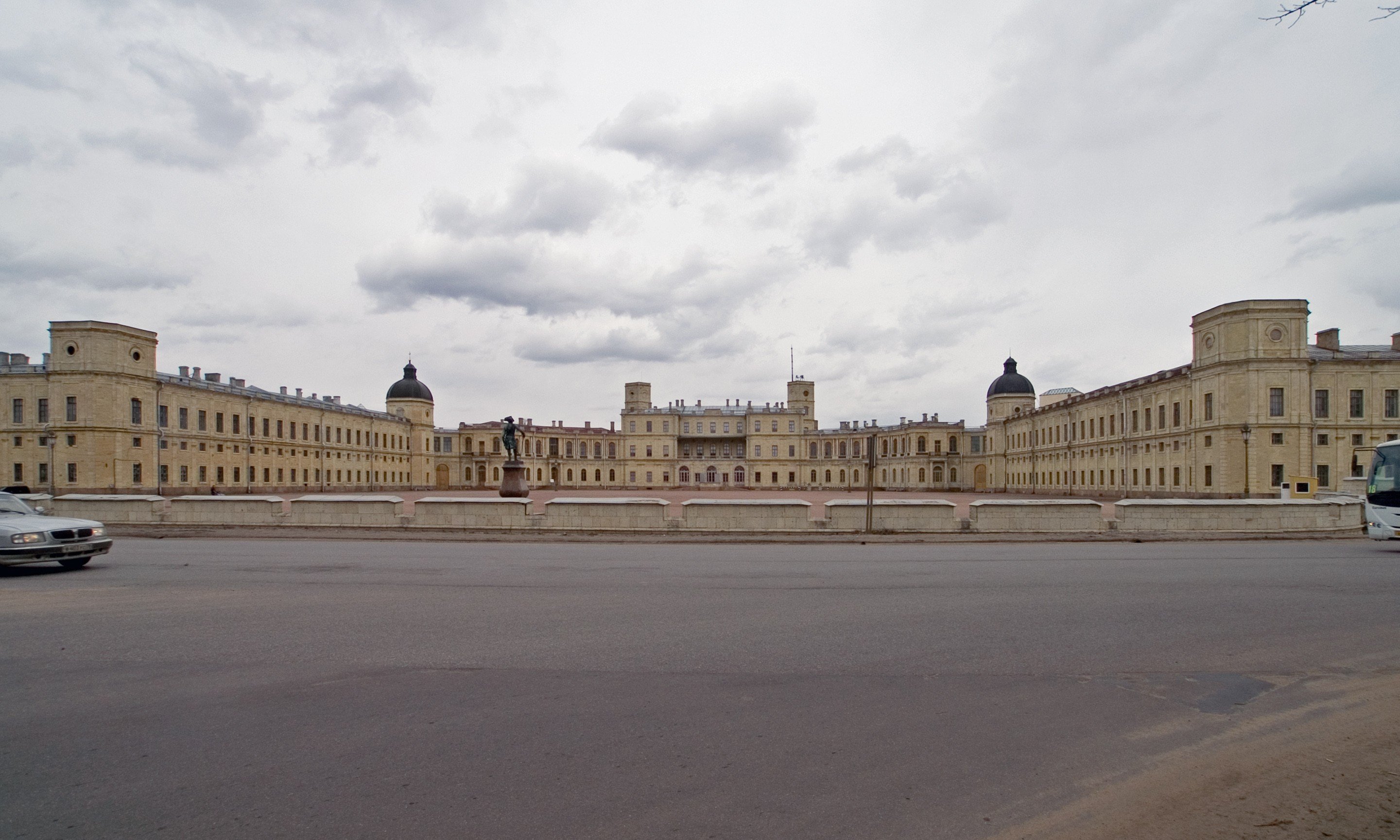
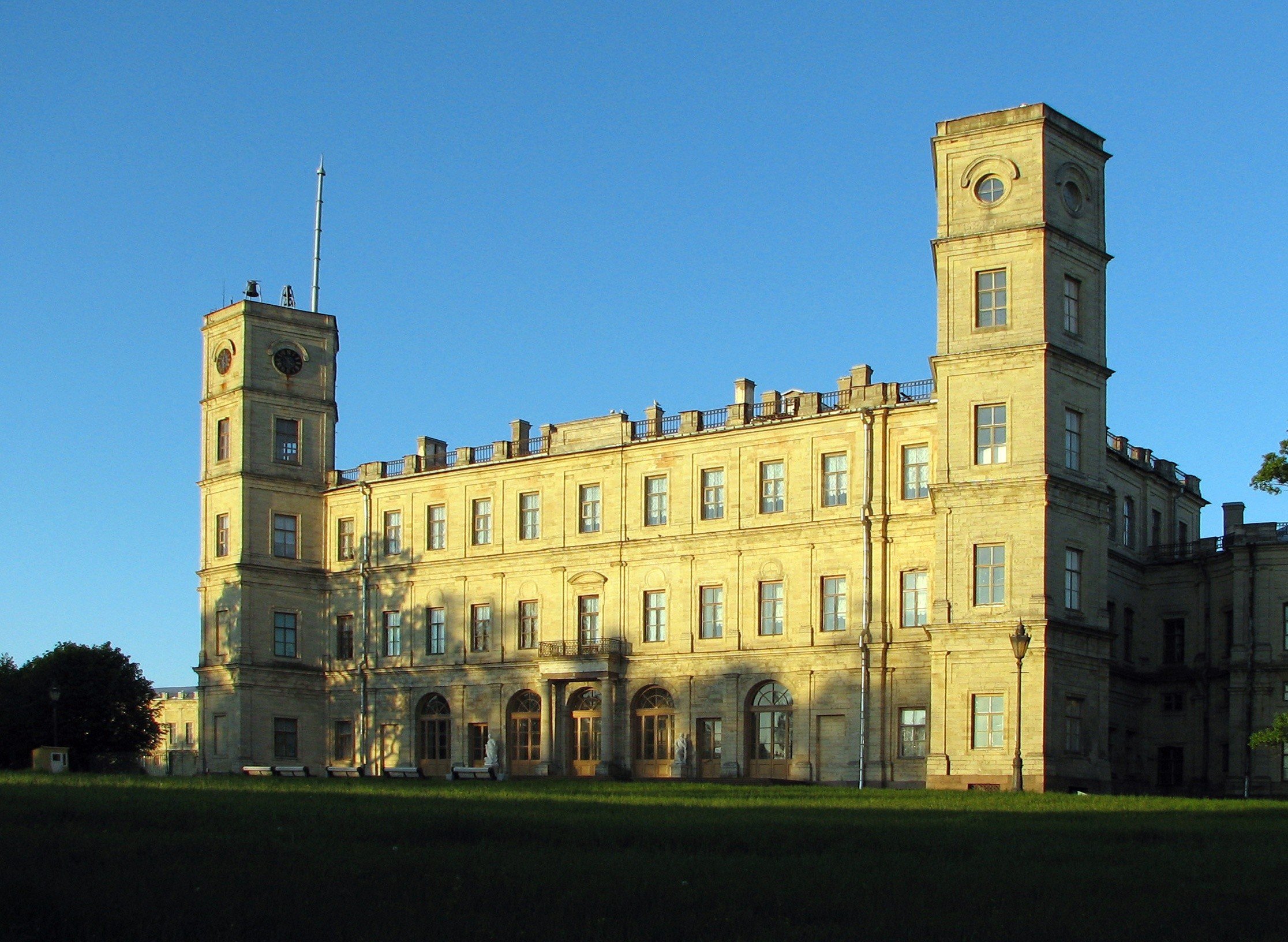
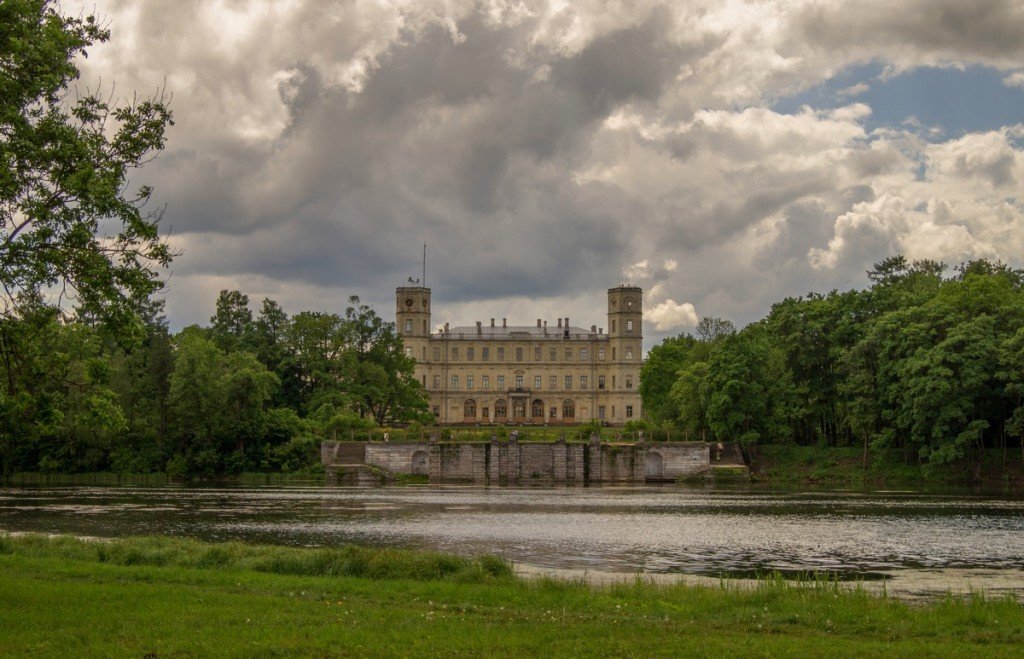
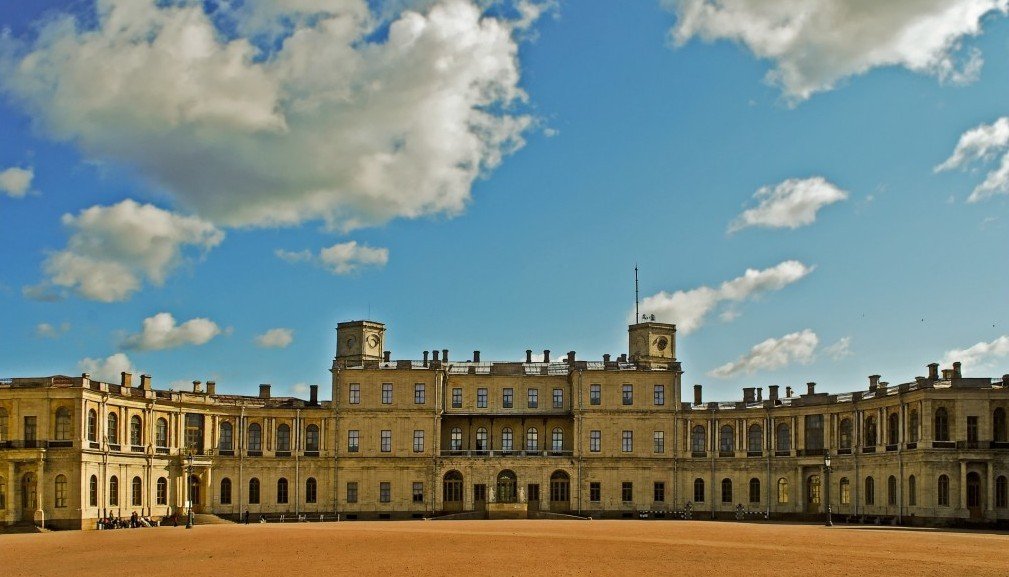
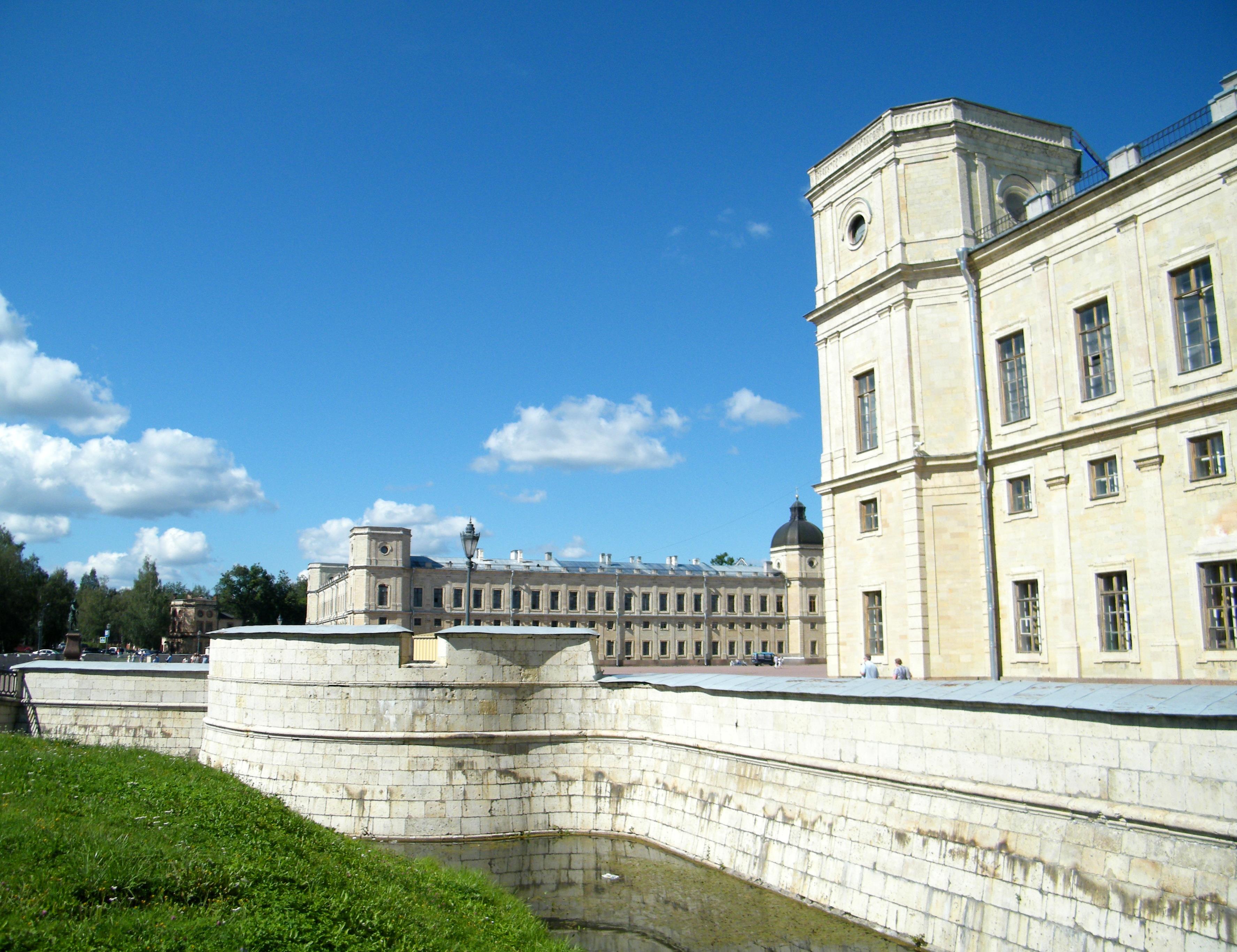
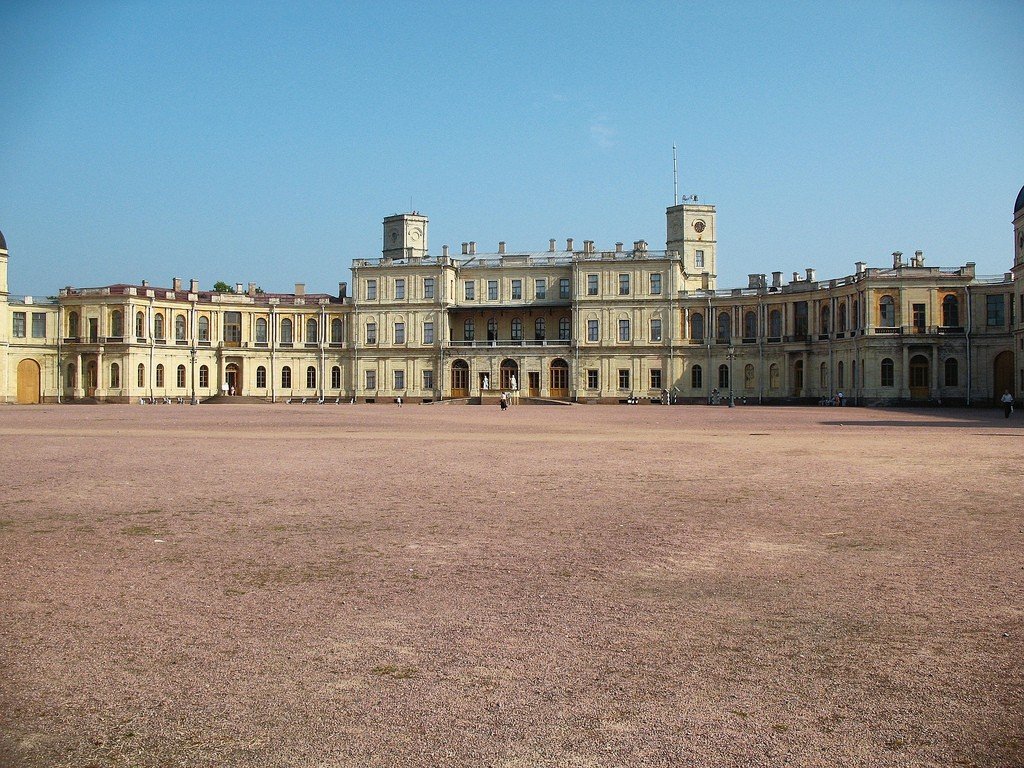
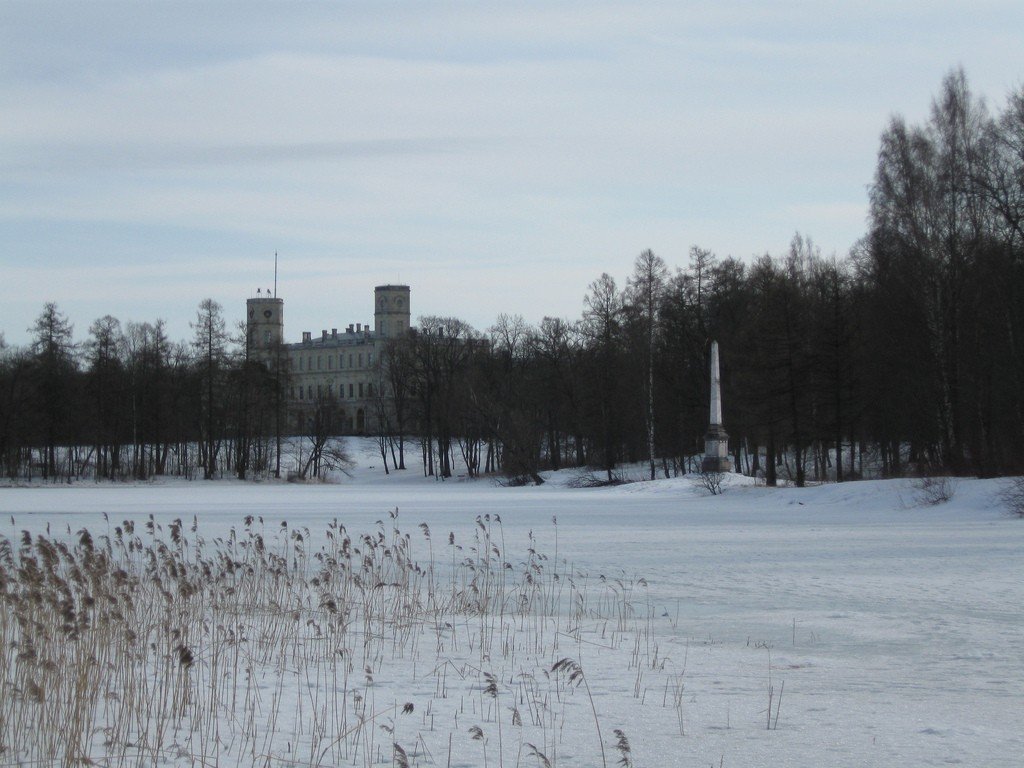
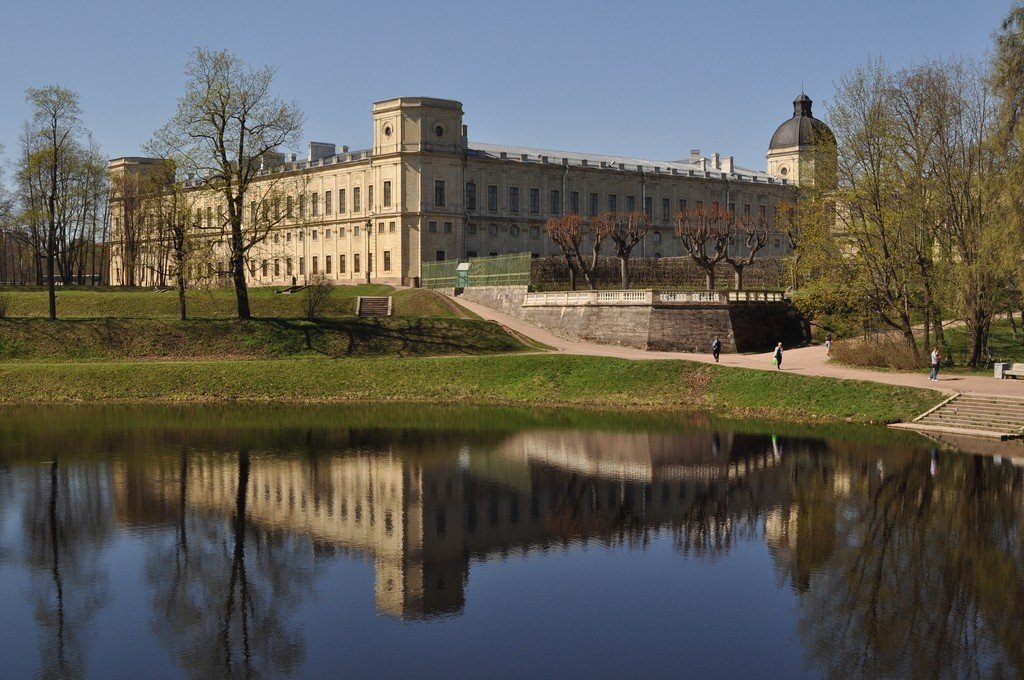
Video: Gatchina Palace
General Information
The palace was erected by Russian Empress Catherine II for her favorite Grigory Orlov. And in 1783, when the Count died, the heir to the throne, the future sovereign Paul I. Since that time, the Great Gatchina Palace has been used as one of the residences of Russian emperors. It was reconstructed many times – architects tried to embody new architectural trends in the palace and adapt the building to the growing needs of the owners.
.
Nowadays, the palace complex serves as a large museum. On the ceremonial halls and private quarters of Russian sovereigns conduct interesting excursions. The rooms exhibit furniture and household items of the XIX century, royal thrones and portraits of emperors. A visit to the private quarters of Alexander III and members of his family leaves a special impression. These rooms do not look like huge halls and look very cozy, and the furniture and personal belongings of the owners speak of their good taste. Some of the rooms of the Grand Gatchina Palace are still being restored.
.The territory of the palace complex is open to visitors: in summer from 11.00 to 19.00 without weekends, and in winter from 10.00 to 18.00, except Monday and the second Tuesday of the month. Museum ticket offices close an hour earlier.
.History of the Grand Gatchina Palace
In 1765, Catherine II granted the lands of Gatchina to 31-year-old Count Grigory Orlov. A year later, on the shores of the picturesque lake, a large construction began. The project of the Grand Gatchina Palace was entrusted to prepare an Italian architect Antonio Rinaldi. Five years later, a luxurious three-storey building appeared here. Two-story galleries connected it with one-story service buildings, which were erected in the form of large rectangles. The two side carriages came to be called “Kitchen” and “Stables” (later “Arsenal”).”
.The architect decorated the palace building with faceted towers, and the pond could be accessed by an underground passage. The builders clad the facade of the lower floors and corridors with colored Gatchina limestone, and the palace began to resemble a medieval castle.
.
A major reconstruction of the Great Gatchina Palace was carried out in the 1790s, when the future sovereign Paul I already lived there. The experienced Italian architect Vincenzo Brenna did not touch the overall composition, but only added side buildings flush with the galleries. To give the buildings even more stylization under European castles, the architect ordered to dig a moat in front of the palace, throw over it bridges and install cannons. Another architect, Andrei Zakharov, had to finish Brenna’s work. In 1801, after Paul I was killed, the palace buildings became the property of his widow Maria Feodorovna.
.
In the early 19th century, following the remodeling carried out by the famous Russian architect Andrei Voronikhin, Gatchina became one of Nicholas I’s residences. Substantial reconstruction of the palace complex took place in the 1840s-1850s. Both carriages were erected anew, the exterior facades were faced with new tiles, a new temple was built on the Kitchen carriage, and in the opposite carriage comfortable rooms were built for members of the imperial family.
.Alexander III stayed here for a long time, because of which he was often called “Gatchina recluse”. At this time, the Great Gatchina Palace was equipped with electric lighting and a telephone line, calorifer heating replaced stove heating, and the water supply and sewage systems were completely modernized.
.In 1918, the imperial palace was turned into a museum, where one could see the decoration of the royal halls and chambers of the XIX century. At the beginning of the Great Patriotic War, the museum staff managed to preserve only the main funds. From September 1941 to January 1944 this territory was under German occupation. When the Nazis were retreating, they left many mines in the Grand Gatchina Palace and set it on fire.
.
Since the 1950s, a naval school and a research institute were located on the territory of the dilapidated palace. After some time, a large-scale restoration of the palace complex was carried out. The renovated premises were opened to tourists in late spring 1985.
.Tour of the palace
For everyone interested in the Grand Gatchina Palace is conducted 1.5-hour sightseeing tour, which allows you to plunge into the events of Russian history of two centuries ago. The splendor of the grand staircase, the spacious anteroom, the snow-white marble dining room, the majestic vaults of the throne room and the oval boudoir – there is much to marvel at here! Itineraries of walks through the palace premises also include a visit to the bedchamber, toilet room, Trinity Church, Picture and White Halls, gallery, austere office of the manager and underground passage.
.While traveling through the building, it is worth climbing the Signal Tower. At the top there is an excellent observation platform, from which you can see the palace buildings, the picturesque Gatchina Park and residential neighborhoods of Gatchina.
.
A very pleasant walk through the green park zone, laid out near the Grand Gatchina Palace. There are lakes, pavilions, pavilions, gazebos and decorative bridges on the territory. From June to October on all days, except Mondays, unusual boat excursions around the park are organized for tourists. These trips begin at 1 p.m., 2:30 p.m., 4:30 p.m. and 5:40 p.m.
.How to get there
The Great Gatchina Palace stands in the historical center of the Gatchina development (Krasnoarmeysky pr., 1). Those who get here by car should take the Kievskoye highway from St. Petersburg.
.Electric trains to Gatchina run from the Baltic railway station. In addition, the palace can be reached by shuttle buses No. 18 and 18A and bus No. 431, which depart from Moskovskaya metro station.
.